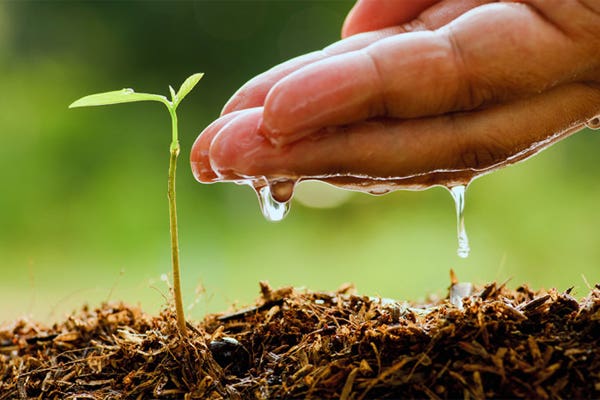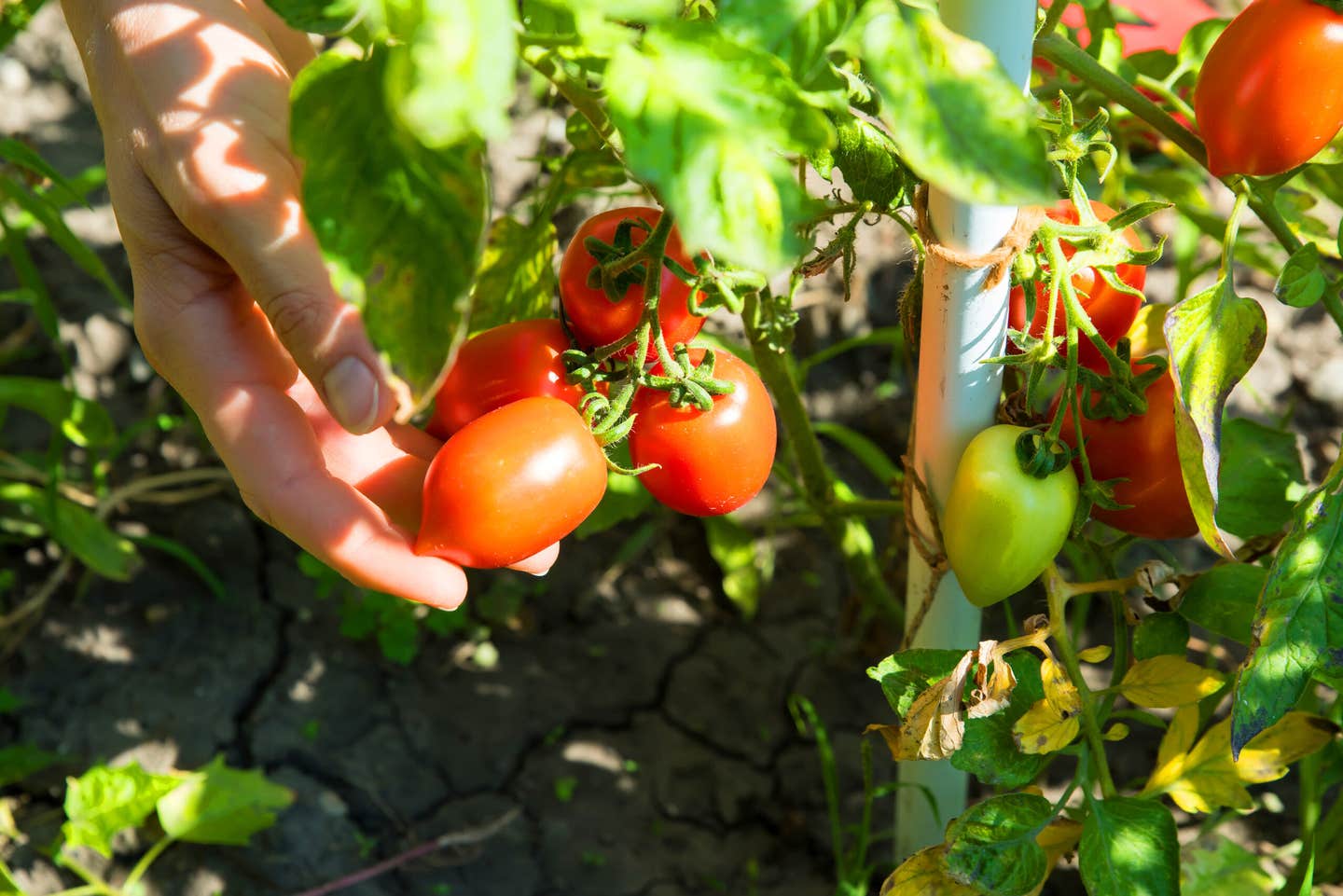Space Agriculture: The Next Frontier in Human Exploration
Today, we’re looking beyond our blue planet, into the vast expanse of the universe, pushing the boundaries of where humans can survive.

[Sept. 19, 2023: Staff Writer, The Brighter Side of News]
Today, we're looking beyond our blue planet, into the vast expanse of the universe, pushing the boundaries of where humans can survive. (CREDIT: Creative Commons)
In today's rapid pace of space exploration, where every milestone is a giant leap for mankind, it's the seemingly minute and ordinary tasks that are rewriting our understanding of what's possible.
Gone are the days where human habitats were restricted to regions optimal for cultivation and habitation. Today, we're looking beyond our blue planet, into the vast expanse of the universe, pushing the boundaries of where humans can survive and thrive.
The Ultimate Challenge: Living Off the Land, Off-Earth
One of the pivotal challenges confronting pioneers of extreme environments, be it the ice-capped terrains of Antarctica or the barren landscapes of Mars, is ensuring self-sustenance.
Schematic of the experimental setup. When only electrochemical treatment was conducted, the excimer lamp and TiO2/BDD photocatalyst were removed beforehand. (CREDIT: New Journal of Chemistry)
Imagine an outpost on Mars, detached by millions of miles from Earth, where a simple grocery run is not an option. Autonomy becomes not just desirable but essential, especially when these colonies are vulnerable to potential catastrophic failures in supply chains.
Central to this self-reliance is food sufficiency. A colony's capability to feed itself without Earth's intervention is what stands between life and an unimaginable alternative. That's where the revolutionary work of the Research Center for Space Colony at Tokyo University of Science comes into the picture.
Spearheading the Frontier of Space Agriculture
The Research Center is at the forefront, pioneering technological advancements in space agricultural technology. The agenda is clear - to create a foundation where humans can sustain prolonged periods in isolated, extreme environments, akin to space stations.
Time dependence of urea concentration during the electrochemical treatment estimated from HPLC measurements. C and C0 are the remaining and initial urea concentrations, respectively. Sum of concentration of nitrogen containing ions measured with ion chromatography is also included. (CREDIT: New Journal of Chemistry)
A groundbreaking study led by Junior Associate Professor Norihiro Suzuki from Tokyo University of Science has recently captured global attention. Published in the eminent New Journal of Chemistry of the Royal Society of Chemistry, this research addresses the age-old challenge of food production in confined habitats, but with a twist.
Turning Waste into Worth
Taking a cue from age-old agricultural practices where animal waste has been gold for its rich nitrogen content, Dr. Suzuki's team treaded an innovative path. Their focus? Harnessing urea, the primary component in human urine, to develop a liquid fertilizer.
Time dependence of ion concentration in (a) the reaction cell and (b) the counter cell during the electrochemical treatment estimated from ion chromatography measurements. Note that nitrite and nitrate ions were not detected in the counter cell. (CREDIT: New Journal of Chemistry)
Dr. Suzuki states, "This process is of interest from the perspective of making a useful product, i.e., ammonia, from a waste product, i.e., urine, using common equipment at atmospheric pressure and room temperature." The implications of such a process are profound. Not only does it provide a sustainable solution for food production, but it also addresses the pressing concern of human waste management in space.
Electrochemistry: The Game-Changer
The methodology is deceptively simple yet groundbreaking. The team set up an experimental apparatus. On one end, a reaction cell equipped with a boron-doped diamond electrode and a unique titanium dioxide-based photocatalyst. Opposing it, a simple platinum electrode.
Related Stories
The magic begins when current flows. Urea undergoes oxidation, giving birth to ammonium ions, the bedrock of most fertilizers. Describing this pioneering effort, Dr. Suzuki notes, "I joined the 'Space Agriteam' involved in food production, and my research specialization is in physical chemistry; therefore, I came up with the idea of 'electrochemically' making a liquid fertilizer."
Further investigation revealed a promising outcome. The presence of the photocatalyst seemed to favor the production of ammonium ions over others. Such findings augur well for the efficient production of liquid fertilizers in confined spaces.
The Path Forward and Beyond
With plans in place to experiment using actual urine samples, which are treasure troves of primary and secondary elements vital for plant nutrition, the team is optimistic. Dr. Suzuki concludes, "It will turn out to be useful for sustaining long-term stay in extremely closed spaces such as space stations."
Time dependence of ion concentration in (a) the reaction cell and (b) the counter cell during the electrochemical and photocatalytic treatment estimated from ion chromatography measurements. The dotted line in (b) indicates the ion concentration when only the electrochemical treatment was conducted (i.e., Fig. 3(b)). Nitrite and nitrate ions were not detected in the counter cell. (CREDIT: New Journal of Chemistry)
As for humanity's dream of settling on Mars or further beyond? This research holds the promise that even before we set foot on distant planets, we'll be ready, not just to live, but to thrive.
Space agriculture, once a subject of science fiction, is rapidly becoming science fact. With revolutionary strides like Dr. Suzuki's, the stars may just be the next stop for humanity's farming ventures. As we dream of colonies in space, it's reassuring to know that solutions to some of our most significant challenges might be right under our noses, or rather, within us.
For more environmental news stories check out our Green Impact section at The Brighter Side of News.
Note: Materials provided above by The Brighter Side of News. Content may be edited for style and length.
Like these kind of feel good stories? Get the Brighter Side of News' newsletter.



